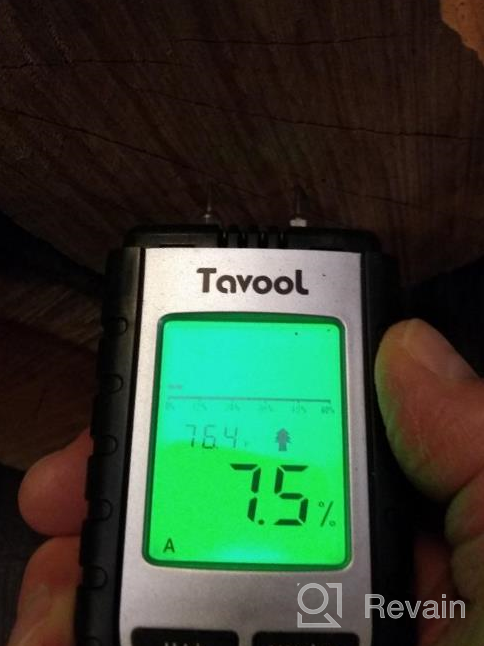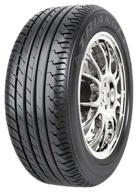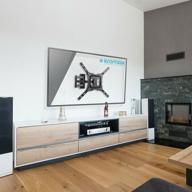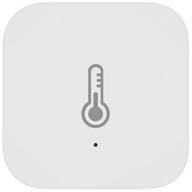
Review on Digital Wood Moisture Meter - Pin-Type Moisture Detector For Building Materials, Firewood, Walls, Floors, And Paper - Yellow Dampness Tester For Water Leak Detection by Leonard Babers

Calibration Table Needs Work
This is the first moisture meter that I've ever owned or used, so there's a learning curve here. For example, I was not aware that a moisture meter had to be "calibrated" for different species of wood. I can't complain about the process of calibrating; the device makes that really easy. You just find your wood in the "Calibration Table", find the code (A, B, C, D, E, F, G, or H) associated with it, and use the arrow button on the device to cycle through the letters until you get to the one you want. But the problem is, the Calibration Table is missing some entries. I bought this product specifically to measure moisture in WHITE OAK, but white oak is nowhere in the Calibration table. Indeed, the only "Oaks" in the table at all were "Silky Oak, African", and "Silky Oak, Australian", which are not true oaks at all. So I looked in the "Botanical Name of Timbers" part of the table, and found "Quercus", which is the Genus of all oaks, and there were 4 species listed, plus a "Quercus spp", which I assume meant all other species of oak. Wikipedia lists about a hundred different species of white oak, and only one of them, "robur", was in the Botanical Name list, but I doubt that was what I had, because it's not native to the US. In any event, I had no idea what species of oak I had. All I knew (and all anyone who buys white oak retail knows) is that it was "white oak". I ended up going with calibration setting "A", which matched both Quercus robur and Quercus spp. But it's a bit frustrating to have to look up the scientific name for a fairly common type of wood. It would be nice to have all of the Oaks (by type; red, white, etc.) listed in the main table. Also, I'm no expert on all the types of wood, but at a glance, other fairly-common wood-working woods missing from the main table AND the Botanical Name table are Pecan, White Poplar, and Dogwood. I'm sure a woodworking expert could find more missing.Aside from that, I'd have to say I was pleased with the product. It is easy to calibrate, use, and read. I have no idea how accurate it is, since I have no other method of checking moisture to check it against. I've only used it that one time, and the reading was within the range of what I expected, but my expectation range was pretty wide.

- 7 ounces
- The price point can be higher than other options on the market
New products
Comments (0)
Similar reviews
Top products in 🛠️ Scanners & Testers
Another interesting products

📏 CAMWAY 6 Inch Digital Caliper with LCD Display, Electronic Vernier Caliper, 150mm Stainless Steel Feeler Gauge, Plastic Digital Caliper Set for Zero Setting Inside/Outside Diameter, Depth, and Step Measurement Tool

3 Review

Triangle Group TR918 225/45 R18 95V summer

61 Review

TV bracket Kromax DIX-18 black

52 Review

🔲 Johnson RAS-1B Johnny Square: Professional Aluminum Rafter Square, 7'', Silver - Top Quality with 1 Square

8 Review






